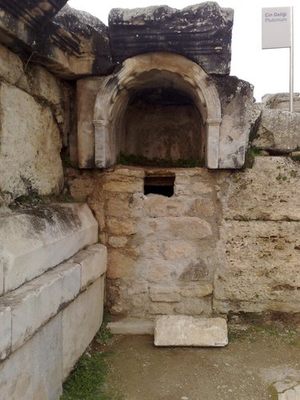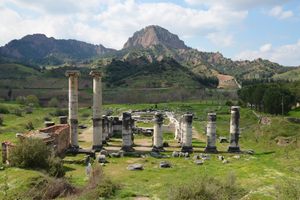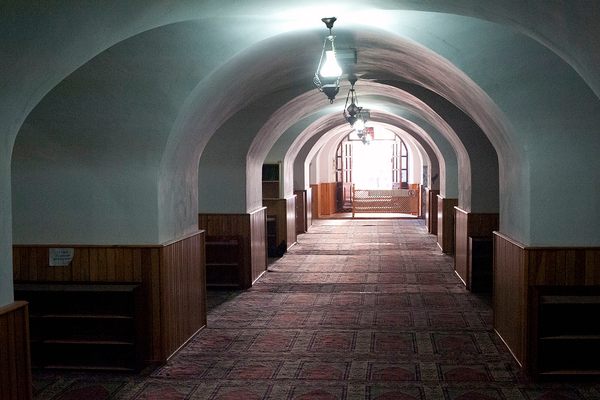About
The deadly vapors that still waft out of this "gate to hell" were once used in ancient rituals to the gods of the underworld, and still claim the lives of unfortunate birds who get too close.
Known as Pluto's Gate, or Ploutonion in Greek, the archeological site in southwestern Turkey was discovered in 2013 after following the route of a thermal spring. The site matches closely the description of the temple to the underworld that disappeared in the 6th century.
Tourists to the portal to the underworld were able to buy small birds or other animals (the sale of which supported the temple) and test out the toxic air that blew out of the mysterious cavern, which was connected to a temple with a pool. Only the priests, high and hallucinating on the fumes, could stand on the steps by the opening to hell, and would sometimes lead sacrificial bulls inside, only to pull out their dead bodies dramatically.
As the Greek geographer, philosopher, and prolific traveler Strabo, who lived from 64/63 BC to 24 AD), so enticingly described it: "This space is full of a vapor so misty and dense that one can scarcely see the ground. Any animal that passes inside meets instant death. I threw in sparrows and they immediately breathed their last and fell."
Related Tags
Published
April 24, 2013



























